Home>diy>Architecture & Design>How To Make Your House Look Like It Has An Interior Design
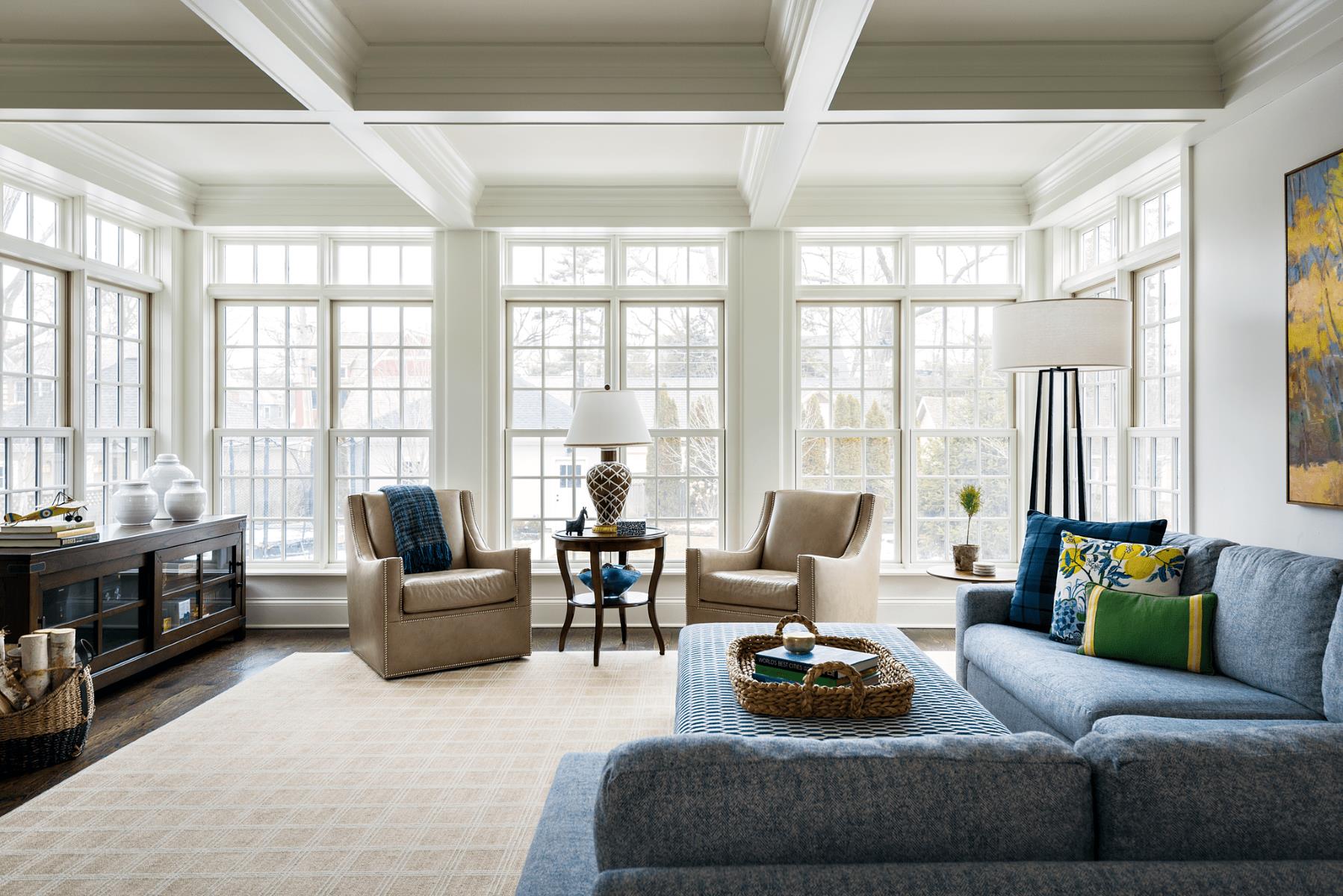

Architecture & Design
How To Make Your House Look Like It Has An Interior Design
Modified: February 24, 2024
Transform your home into a stunning masterpiece with expert architecture design techniques. Discover how to achieve an elegant interior design that will leave your guests in awe.
(Many of the links in this article redirect to a specific reviewed product. Your purchase of these products through affiliate links helps to generate commission for Storables.com, at no extra cost. Learn more)
Introduction
Designing the interior of your house can be a daunting task, especially if you lack the knowledge and experience in architecture and design. However, with the right guidance and a creative approach, you can transform your house into a stunning and inviting space that reflects your personal style.
In this article, we will dive into some key elements of interior design and provide you with practical tips and strategies to make your house look like it has been professionally designed. From selecting the perfect color palette to arranging furniture and adding those personal touches, we will cover everything you need to know to create a beautiful and functional living space.
So, if you’re ready to bring your house to life and impress your guests with your interior design skills, let’s get started!
Key Takeaways:
- Transform your house into a stunning and inviting space by carefully selecting a color palette, arranging furniture, accentuating walls, utilizing lighting, and adding personal touches to reflect your unique style and personality.
- Maintain a harmonious and clutter-free environment by creating functional spaces, incorporating textures and patterns, organizing and decluttering, and regularly updating your design to ensure it remains fresh and aligned with your evolving tastes and needs.
Selecting a Color Palette
Choosing the right color palette is crucial as it sets the mood and ambiance of your space. Start by considering the overall theme or style you want to achieve. Do you prefer a serene and calming atmosphere? Or perhaps a bold and vibrant space that exudes energy and creativity?
Once you have a vision in mind, you can narrow down your color choices. A good rule of thumb is to select one or two main colors as a base and then incorporate a few complementary or contrasting shades to add depth and interest.
Consider the natural lighting in your house when selecting colors. If you have ample natural light, you can experiment with darker or bolder shades. On the other hand, if your space lacks natural light, lighter and brighter colors can help create the illusion of a larger and airier space.
Remember that color can also affect the perceived temperature of a room. Warm colors like reds, yellows, and oranges can make a space feel cozier and more intimate. On the other hand, cool colors like blues, greens, and purples can create a soothing and calming environment.
Don’t be afraid to incorporate patterns and textures through your color choices as well. A subtle patterned wallpaper or textured accent wall can add visual interest and depth to your design.
Lastly, be sure to test your color choices before committing. Paint swatches on your walls or use online visualization tools to see how different colors will look in your space. This will help you make an informed decision and create a cohesive color scheme throughout your house.
By carefully selecting a color palette that aligns with your style and preferences, you can create a cohesive and visually appealing interior design that sets the tone for the rest of your house.
Choosing Furniture and Decor
The furniture you choose plays a key role in defining the style and functionality of your house. When selecting furniture, consider both the aesthetic appeal and the practicality of each piece.
Start by assessing the size and layout of each room. Measure the available space and consider the traffic flow to ensure that your furniture fits comfortably and allows for easy movement. Opt for multi-functional furniture pieces that can serve multiple purposes, such as storage ottomans or sofa beds.
Next, consider the style and theme you want to achieve. If you prefer a modern and minimalist look, choose furniture with clean lines and sleek finishes. For a more traditional or rustic vibe, go for pieces made from natural materials like wood or leather.
Color coordination is essential when it comes to furniture selection. Ensure that the colors of your furniture complement your chosen color palette. Neutral colors like beige, gray, or white are versatile and can easily be paired with different accent pieces.
Incorporating texture is another way to add visual interest to your design. Mix different textures, such as smooth leather, cozy velvet, or textured fabrics to create a layered and inviting look.
When it comes to decor, choose pieces that reflect your personality and interests. Artwork, photographs, and decorative items can add personality and create focal points in your rooms. Consider incorporating different shapes and sizes to add variety and balance to your design.
Don’t forget about the importance of comfort in furniture selection. Invest in quality mattresses, supportive seating, and ergonomic workstations to ensure that your space is not only stylish but also functional and comfortable.
Lastly, don’t be afraid to mix and match furniture and decor from different styles or eras. Eclectic designs can be visually appealing and add an element of uniqueness to your space. Just be sure to find a balance and maintain a cohesive overall look.
By carefully choosing furniture and decor that aligns with your style and needs, you can create a visually pleasing and functional living space that reflects your unique personality.
Accentuating the Walls
The walls of your house serve as a blank canvas for you to express your style and creativity. By accentuating the walls, you can add depth, texture, and visual interest to your interior design. Here are some ideas to help you make the most of your walls:
1. Paint and Wallpaper: A fresh coat of paint in a bold or neutral color can instantly transform a room. Consider using accent walls to create a focal point or highlight architectural features. Alternatively, you can experiment with patterned wallpaper for a unique and eye-catching look.
2. Wall Art: Hang artwork, photographs, or wall sculptures that resonate with your style. Use different sizes and arranging them in a gallery wall formation can create a visually captivating display. Make sure the artwork is properly scaled to the wall size and positioned at eye level for optimal impact.
3. Mirrors: Mirrors not only serve a functional purpose but they also reflect light and create the illusion of a larger space. Hang mirrors strategically to enhance natural light or use oversized mirrors as statement pieces.
4. Accent Lighting: Install wall sconces or picture lights to highlight specific areas or artwork. This adds both functionality and an ambiance to the room.
5. Shelving and Display Units: Consider installing floating shelves or display units to showcase decorative items, books, or plants. This not only adds visual interest but also provides storage and organization.
6. Statement Walls: Create a statement wall using materials such as reclaimed wood, brick, or stone to add texture and character to your space. These walls can serve as a focal point and add a touch of uniqueness to your design.
7. Textured Treatments: Experiment with textured treatments such as textured paint, plaster, or wall tiles to add depth and dimension to your walls. This can create an interesting visual effect and add a luxurious touch to your design.
8. Wall Decals and Stencils: Use removable wall decals or stencils to add intricate patterns or designs to your walls. This is an inexpensive and temporary way to add a personalized touch to your space.
Remember, the key is to strike a balance between bold statement walls and more subtle accents. Experiment with different techniques and materials to create a visually stunning and unique wall design that complements the overall style of your house.
Utilizing Lighting
Lighting is a crucial component of interior design as it can dramatically enhance the mood and atmosphere of a space. By utilizing the right lighting techniques, you can create a warm, inviting, and visually stunning environment in your house. Here are some tips to help you make the most of your lighting:
1. Natural Light: Maximize the natural light in your house by keeping windows unobstructed and using light-colored curtains or blinds. Natural light not only illuminates your space but also promotes a sense of well-being and connection to the outdoors.
2. Layered Lighting: Create a layered lighting scheme that combines different types of lighting sources. This includes ambient lighting (general illumination), task lighting (focused light for specific activities), and accent lighting (highlighting certain features or objects).
3. Ceiling Fixtures: Install ceiling fixtures, such as chandeliers or pendant lights, to serve as a central source of ambient lighting. Choose fixtures that match the style and scale of your room, making sure they provide adequate illumination for the space.
4. Task Lighting: Incorporate task lighting in areas where specific activities take place, such as reading nooks, study areas, or kitchen countertops. Desk lamps, floor lamps, or under-cabinet lighting can provide directed light for these tasks.
5. Accent Lighting: Use accent lighting to highlight architectural features, artwork, or decorative objects. This can be achieved through the use of spotlights, picture lights, or track lighting. It adds a dramatic effect and draws attention to specific elements in your space.
6. Dimmers: Install dimmer switches to control the intensity of your lighting. This allows you to adjust the lighting levels according to the time of day, activity, or desired ambiance. Dimmers provide flexibility and versatility in creating different moods in each space.
7. LED Lighting: Consider using energy-efficient LED bulbs in your fixtures. They not only last longer but also offer a variety of color temperatures, from warm to cool, to suit your preferences. LED lighting is also more environmentally friendly and can help reduce energy consumption.
8. Ambient Lighting: Use floor or table lamps to provide soft and diffused ambient lighting. These lamps can create a cozy and warm atmosphere, particularly in living rooms or bedrooms.
9. Lighting Control Systems: Invest in smart lighting control systems that allow you to automate and control your lighting with ease. These systems enable you to create pre-set scenes, adjust lighting levels remotely, and even synchronize lighting with other smart home features.
By utilizing a combination of natural light, layered lighting, and strategic fixtures, you can transform the ambiance of your house and create a visually pleasing and functional space that suits your needs and personal style.
Read more: How To Make Your Living Room Look Expensive
Arranging Furniture and Layout
The arrangement of furniture and the overall layout of your space can greatly influence the functionality and flow of your house. A well-planned layout can maximize the use of space, create a comfortable and balanced environment, and promote a sense of harmony. Here are some tips to help you arrange furniture and create an optimal layout:
1. Functionality: Consider the primary function of each room and arrange the furniture accordingly. Determine the focal point of the room, whether it’s a fireplace, a TV, or a picturesque window, and position furniture around it to create a visually pleasing and functional layout.
2. Traffic Flow: Ensure that there is sufficient room for easy movement and flow of traffic throughout each room. Avoid placing furniture in a way that obstructs pathways or forces people to maneuver awkwardly around obstacles.
3. Conversation Areas: Create separate conversation areas within larger rooms to encourage social interaction and comfortable seating. Use sofas, chairs, or sectionals arranged around a central coffee table to define these areas.
4. Balance and Proportion: Maintaining a sense of balance and proportion is key to creating an aesthetically pleasing layout. Consider the size of your furniture and how it relates to the size of your room. Avoid overcrowding or placing small furniture items in a large room, as this can create an unbalanced look.
5. Access to Natural Light: Position furniture in a way that takes advantage of natural light. Place seating areas near windows or glass doors to make the most of the natural daylight while providing an enjoyable view.
6. Television Placement: If you have a TV in your living room, carefully consider its placement. Mount it on a wall, use a media console, or incorporate it into a built-in unit to ensure optimal viewing angles and to minimize its impact on the room’s overall design.
7. Consider Room Proportions: Take into account the shape and size of each room when arranging furniture. For example, in a narrow room, place furniture along the longest wall to create a sense of width. In a square room, consider positioning furniture in a more symmetrical layout.
8. Create Visual Hierarchy: Arrange furniture in a way that creates visual interest and hierarchy. Use larger furniture pieces as anchors and fill in with smaller pieces to create a balanced composition. Consider the height of furniture items to add vertical dimension and draw the eye upward.
9. Flexibility: Keep in mind that the arrangement of furniture is not set in stone. Experiment with different layouts to find the most comfortable and functional setup. Don’t be afraid to rearrange furniture periodically to refresh the look and feel of your space.
By carefully arranging furniture and considering the layout of each room, you can create a harmonious and functional living space that accommodates your needs and enhances the overall design of your house.
Add a pop of color with throw pillows, rugs, and artwork to bring life to your space. Stick to a cohesive color scheme for a more polished look.
Accessorizing and Adding Personal Touches
Accessories and personal touches are the finishing touches that truly transform a house into a home. They add character, reflect your personality, and create a warm and inviting atmosphere. Here are some ideas to help you accessorize your space and add those personal touches:
1. Rugs and Textiles: Add warmth and texture to your rooms by incorporating rugs, throw pillows, blankets, and curtains. Choose patterns and textures that complement your color palette and overall style. Mix and match different fabrics and materials to create visual interest.
2. Wall Decor: Hang artwork, photographs, or wall sculptures that hold sentimental value or represent your interests. Use frames or display shelves to showcase family photos, travel mementos, or artwork created by loved ones. This adds a personal and meaningful touch to your walls.
3. Plants and Greenery: Bring the outdoors in by adding houseplants and greenery to your space. Plants not only add freshness and visual appeal but also improve air quality. Choose plants that thrive in the lighting conditions of each room and consider using different sizes and shapes to create variation.
4. Collectibles and Souvenirs: Display items you have collected over the years or souvenirs from your travels. These unique pieces tell a story and add a personal touch to your decor. Use shelves, display cases, or shadow boxes to showcase these special items.
5. Keepsakes and Memorabilia: Incorporate personal keepsakes and memorabilia that hold sentimental value. This can include family heirlooms, childhood artifacts, or items that remind you of important milestones. Frame meaningful letters or cards and display them as a reminder of cherished memories.
6. Books and Magazines: Use books, magazines, and coffee table reads to add personality and style to your space. Arrange them in bookshelves, on coffee tables, or in reading nooks. Choose books that align with your interests and passions, and use them as decor elements.
7. Personal Collections: Display your personal collections, such as pottery, vintage cameras, or sports memorabilia. Arrange them in curated groupings or incorporate them as focal points in your design. This adds a unique and personal touch to your space.
8. DIY Projects: Infuse your space with your own creativity by incorporating DIY projects. Create artwork, repurpose furniture, or make customized decorations. This allows you to express your personal style and adds a sense of pride and accomplishment to your home.
9. Scent and Fragrance: Use scented candles, diffusers, or fresh flowers to add a delightful fragrance to your space. The scent can evoke emotions and create a cozy and inviting atmosphere.
Remember, the key to adding personal touches is to choose items that hold personal significance and reflect your unique style. By incorporating these accessories, you can infuse your space with your personality and create a home that feels comfortable and deeply personalized.
Creating Functional Spaces
Creating functional spaces is essential for a well-designed and livable house. It’s about maximizing the usability and efficiency of each room to meet your specific needs. Here are some tips to help you create functional spaces throughout your house:
1. Identify Room Purposes: Determine the main purpose and activities that will take place in each room. Whether it’s a kitchen for cooking and entertaining or a home office for work and productivity, understand the function of the space before designing its layout and selecting furniture.
2. Consider the Flow: Ensure there is a logical flow and easy movement between different areas within the room. Arrange furniture and fixtures in a way that allows for smooth transitions and avoids unnecessary obstacles. Consider the location of doorways, windows, and utility connections when planning the layout.
3. Storage Solutions: Incorporate ample storage options to keep your space organized and clutter-free. Utilize built-in shelving, cabinets, and closets to store items out of sight. Maximize vertical space by using floor-to-ceiling storage solutions and make use of storage ottomans and multifunctional furniture pieces.
4. Functional Furniture: Choose furniture that not only looks stylish but also serves a practical purpose. Opt for pieces with built-in storage, such as hidden compartments or drawers. Consider the scale and size of furniture to ensure it fits the room and allows for easy movement.
5. Thoughtful Workspaces: If you have a home office or a study area, create an ergonomic workspace that promotes productivity and comfort. Invest in a comfortable chair, adjustable desk, and proper lighting. Keep essential supplies and equipment organized and within reach to enhance efficiency.
6. Kitchen Efficiency: Design your kitchen to maximize efficiency. Group items based on functionality, keeping frequently used items easily accessible. Plan the layout to have an efficient work triangle between the sink, stove, and refrigerator. Consider the placement of cabinets, countertops, and the flow between various kitchen zones.
7. Functional Bathrooms: In bathrooms, optimize space by adding storage solutions like cabinets or shelves. Install well-placed mirrors and lighting to ensure functionality during grooming activities. Consider the layout and placement of fixtures to create a comfortable and efficient flow.
8. Laundry and Utility Rooms: Design laundry and utility rooms with practicality in mind. Incorporate adequate storage for cleaning supplies, a designated folding area, and proper ventilation. Make use of space-saving solutions, such as wall-mounted drying racks or stacked washer-dryer units.
9. Multi-Purpose Rooms: If you have limited space, consider creating multi-purpose rooms that can serve different functions. For example, a guest room that doubles as a home office or a living room that also functions as a play area. Utilize furniture that can be easily transformed or reconfigured to accommodate various needs.
Creating functional spaces ensures that each room in your house is optimized for its intended use. By carefully considering the layout, storage options, and the specific requirements of each space, you can maximize functionality, ease of use, and overall efficiency in your home.
Organizing and Decluttering
Organizing and decluttering your house is a crucial step in creating a functional and visually appealing living space. A clutter-free environment promotes a sense of calm and allows you to fully enjoy and utilize each room. Here are some tips to help you organize and declutter your house:
1. Assess and Purge: Start by assessing each room and identifying items that are no longer needed or used. Decluttering is about letting go of the excess and keeping only what is essential and meaningful. Donate or discard items that no longer serve a purpose or bring joy to your life.
2. Storage Solutions: Invest in adequate storage solutions to keep your belongings organized and easily accessible. Use storage bins, baskets, and labeled containers to categorize and store items. Make use of vertical space by installing shelves or utilizing wall-mounted storage solutions.
3. Functional Entryway: Create an organized entryway to keep clutter from spreading throughout your house. Install hooks or racks for coats and bags, and provide a shoe rack or tray to keep footwear tidy. Consider adding a small table or console for keys, wallets, and other essentials.
4. Drawer and Cabinet Organizers: Use drawer dividers, organizers, and inserts to keep smaller items neatly arranged. This prevents overcrowding and eliminates the frustration of rummaging through cluttered drawers. In cabinets, use stackable containers or shelf risers to maximize space.
5. Clear Countertops: Keep countertops in your kitchen and bathroom clear of unnecessary items. Store appliances, toiletries, and other daily essentials in designated cabinets or drawers. This creates a clean and functional workspace and allows for easier cleaning.
6. Digital Declutter: Extend your decluttering efforts to the digital space by organizing and deleting unnecessary files on your computer, phone, and other devices. Create folders and properly label files to make them easy to find when needed. Unsubscribe from unnecessary email subscriptions and delete old messages.
7. Regular Cleaning Schedule: Establish a regular cleaning routine to maintain an organized and clutter-free environment. Set aside time each week for dusting, vacuuming, and general tidying up. This prevents clutter from accumulating and makes it easier to stay organized in the long run.
8. One-In, One-Out Rule: Implement the “one-in, one-out” rule to prevent clutter from piling up again. For every new item you bring into your house, make a conscious effort to donate, sell, or discard a similar item. This helps maintain a balanced and clutter-free space.
9. Streamline and Simplify: Embrace a minimalist mindset by focusing on quality over quantity. Streamline your belongings and aim for a more simplified and intentional lifestyle. Consider the functionality and value of each item before bringing it into your home.
Organizing and decluttering your house creates a harmonious and stress-free environment. By following these tips and making decluttering a regular habit, you can enjoy a clean, organized, and visually appealing living space.
Incorporating Textures and Patterns
Incorporating textures and patterns into your interior design can add depth, visual interest, and a touch of luxury to your space. By carefully selecting and combining different textures and patterns, you can create a multi-dimensional and visually stunning environment. Here are some tips to help you incorporate textures and patterns into your house:
1. Mix Different Textures: Experiment with a variety of textures to add richness and tactile appeal to your space. Combine smooth surfaces with rough ones, such as pairing a plush velvet sofa with a rustic wooden coffee table. Mix materials like leather, fur, metallic accents, and natural fibers to create contrast and visual interest.
2. Layer Soft Fabrics: Use soft and cozy fabrics to create a warm and inviting atmosphere. Incorporate plush pillows, throw blankets, and upholstered furniture to add comfort and texture to your seating areas. Consider using fabrics with different weaves, such as knits, wovens, or embroidered fabrics, to add depth and dimension.
3. Embrace Natural Elements: Incorporate natural textures, such as wood, stone, or rattan, to bring a sense of tranquility and warmth to your space. Wooden furniture, exposed brick walls, or stone-clad fireplaces can create a rustic and organic feel in your house. Additionally, live plants and greenery can add a refreshing and natural texture.
4. Patterned Statements: Introduce patterns through accent pieces, such as rugs, curtains, or throw pillows. Consider using bold geometric patterns, floral designs, or intricate motifs to add personality and visual interest to your space. Make sure to strike a balance by incorporating patterns in moderation to prevent overwhelming the eye.
5. Wall Treatments: Use wallpaper or textured wall coverings to add pattern and dimension to your walls. Choose designs that complement the overall style and color scheme of the room. You can opt for subtle patterns for a more understated look or bolder patterns to make a statement.
6. Statement Furniture: Incorporate furniture pieces with unique textures or patterns as focal points in your room. Consider a bold patterned armchair, an intricately carved coffee table, or a textured headboard to create visual interest and elevate the style of your space.
7. Window Treatments: Use patterned curtains or blinds to add visual interest to your windows. Play with varying curtain lengths, colors, and patterns to create a customized look. Sheer curtains can soften the light and add a touch of elegance to your space.
8. Texture on the Floor: Utilize textured flooring options to add visual intrigue. Consider using patterned tiles, textured carpets, or natural stone flooring to create a visually captivating foundation for your space.
9. Balance and Cohesion: When incorporating textures and patterns, it’s essential to maintain balance and cohesion. Choose textures and patterns that complement each other and the overall design style of your house. Consider the scale of patterns and ensure they harmonize with the size of the room and other design elements.
By carefully incorporating textures and patterns into your interior design, you can create a visually captivating and inviting space that reflects your personal style. Let your creativity shine by mixing and matching different textures and patterns to make a unique design statement.
Maintaining and Updating Your Design
Once you have designed and decorated your house, it’s important to maintain and update your design periodically to ensure that it continues to reflect your evolving style and meets your changing needs. Here are some tips to help you maintain and update your design:
1. Regular Cleaning and Maintenance: Establish a cleaning schedule to keep your house looking fresh and well-maintained. Dust surfaces, vacuum carpets, and clean windows regularly. Perform routine maintenance on appliances, fixtures, and furniture to ensure they are in good working condition.
2. Stay Organized: Continue to declutter and organize your space as needed. Regularly assess your belongings and get rid of items that are no longer useful or meaningful to you. Maintain your storage solutions and ensure that everything has its designated place.
3. Update Paint and Wall Colors: Consider giving your space a new look by refreshing the paint or changing the wall colors. A fresh coat of paint can completely transform a room and breathe new life into your design. Experiment with new color palettes or consider accent walls for a bold statement.
4. Rearrange Furniture: Give your space a fresh perspective by rearranging your furniture. Experiment with different furniture placements and layouts to create a new flow and dynamic within the room. This simple change can make a significant impact on the overall look and feel of your space.
5. Swap Out Accessories: Update your decor by swapping out accessories and accent pieces. Consider changing throw pillows, rugs, curtains, or artwork to give your space a new vibe. This allows you to experiment with different colors, patterns, and textures without making larger, permanent changes.
6. Incorporate Trends: Stay updated with current design trends and incorporate them into your design. However, be mindful of trends that may be short-lived and choose elements that can easily be replaced or updated in the future. Balance trendy pieces with timeless and classic design elements for a lasting and stylish look.
7. Upgrade Lighting: Enhance the ambiance and functionality of your space by updating your lighting fixtures. Install new pendant lights, chandeliers, or wall sconces to create a new focal point or improve the overall lighting scheme. Consider energy-efficient and smart lighting options for added convenience and savings.
8. Refresh Fabrics and Upholstery: Give your space a fresh look by updating fabrics and upholstery. Reupholster furniture, change curtains or window treatments, and invest in new bedding or pillow covers. This can rejuvenate the overall appearance and bring a new level of comfort to your space.
9. Seek Professional Advice: If you feel overwhelmed or uncertain about updating your design, consider seeking advice from an interior designer. They can provide valuable insights, recommend changes, and guide you in making decisions that align with your style and budget.
Remember, maintaining and updating your design is an ongoing process. Regularly reassess your space, stay inspired, and make small changes that reflect your evolving taste and lifestyle. With a little creativity and effort, you can keep your house looking fresh, stylish, and personalized for years to come.
Conclusion
Designing the interior of your house is an exciting journey that allows you to create a space that is not only visually appealing but also functional and reflective of your personal style. From selecting the perfect color palette to arranging furniture, incorporating textures and patterns, and adding personal touches, every decision you make contributes to the overall atmosphere and ambiance of your home.
Throughout this article, we have explored various aspects of interior design, providing practical tips and strategies to help you transform your house into a stunning and inviting space. We discussed the importance of choosing the right color palette, selecting furniture and decor that align with your style, accentuating the walls, and utilizing lighting to create the desired mood and atmosphere.
We also delved into the art of arranging furniture and creating functional spaces, incorporating textures and patterns to add depth and interest, and the significance of organizing and decluttering to maintain a harmonious and clutter-free environment. Lastly, we explored the importance of regularly updating and maintaining your design to ensure it remains fresh and aligned with your evolving tastes and needs.
Remember that interior design is a creative and personal process. It is important to infuse your own personality and unique style into your design decisions. This will make your house truly feel like a home – a place where you can relax, entertain, and thrive.
So, whether you’re starting from scratch or looking to refresh your existing design, we hope this article has provided you with valuable insights and inspiration. Embrace your creativity, embrace your individuality, and have fun transforming your house into a space that is both beautiful and meaningful to you.
Frequently Asked Questions about How To Make Your House Look Like It Has An Interior Design
Was this page helpful?
At Storables.com, we guarantee accurate and reliable information. Our content, validated by Expert Board Contributors, is crafted following stringent Editorial Policies. We're committed to providing you with well-researched, expert-backed insights for all your informational needs.
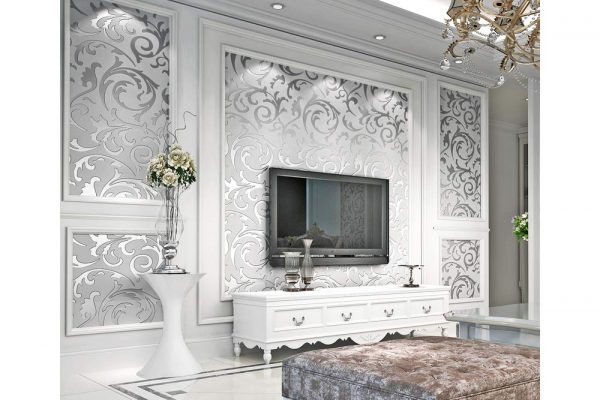
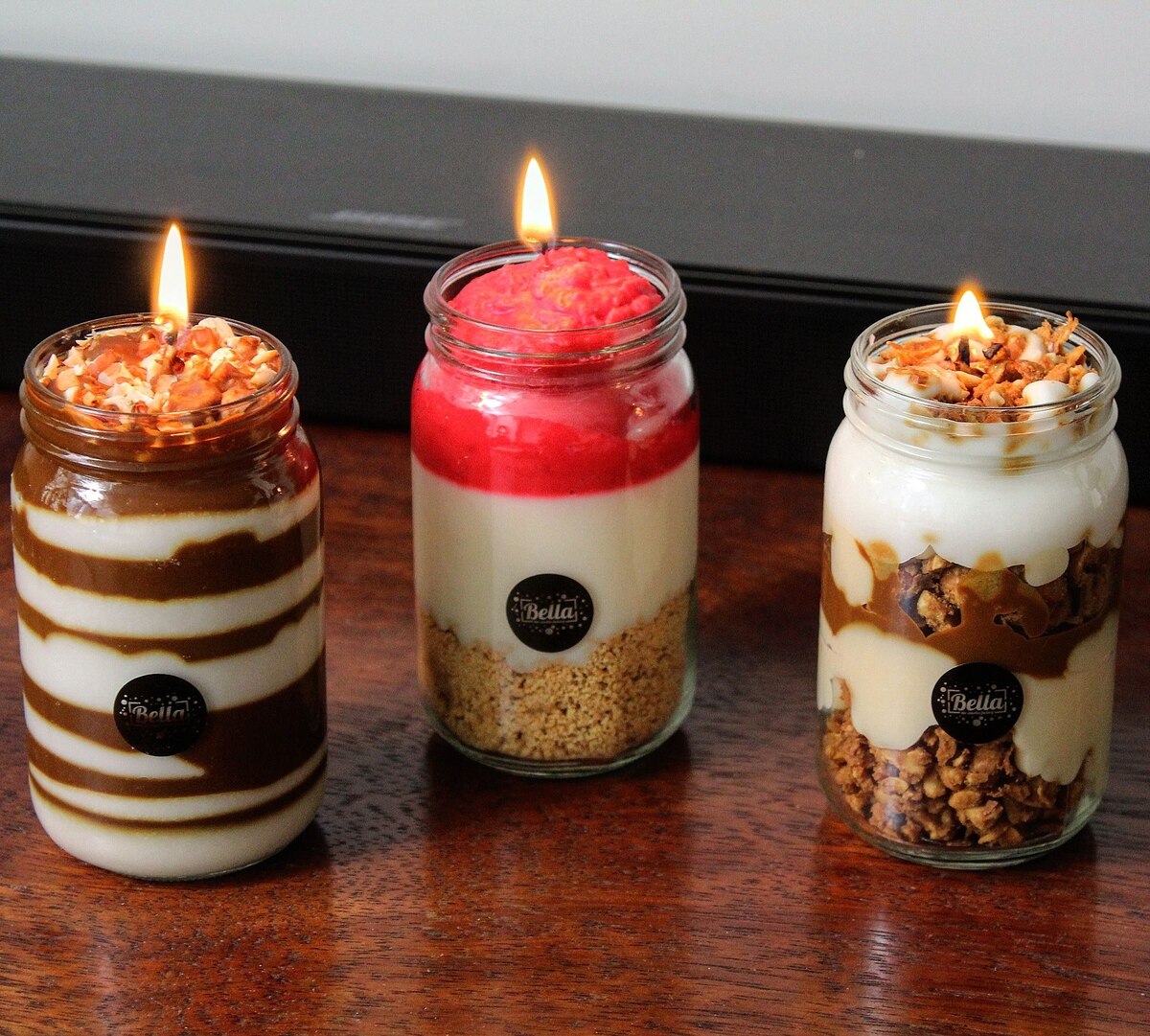
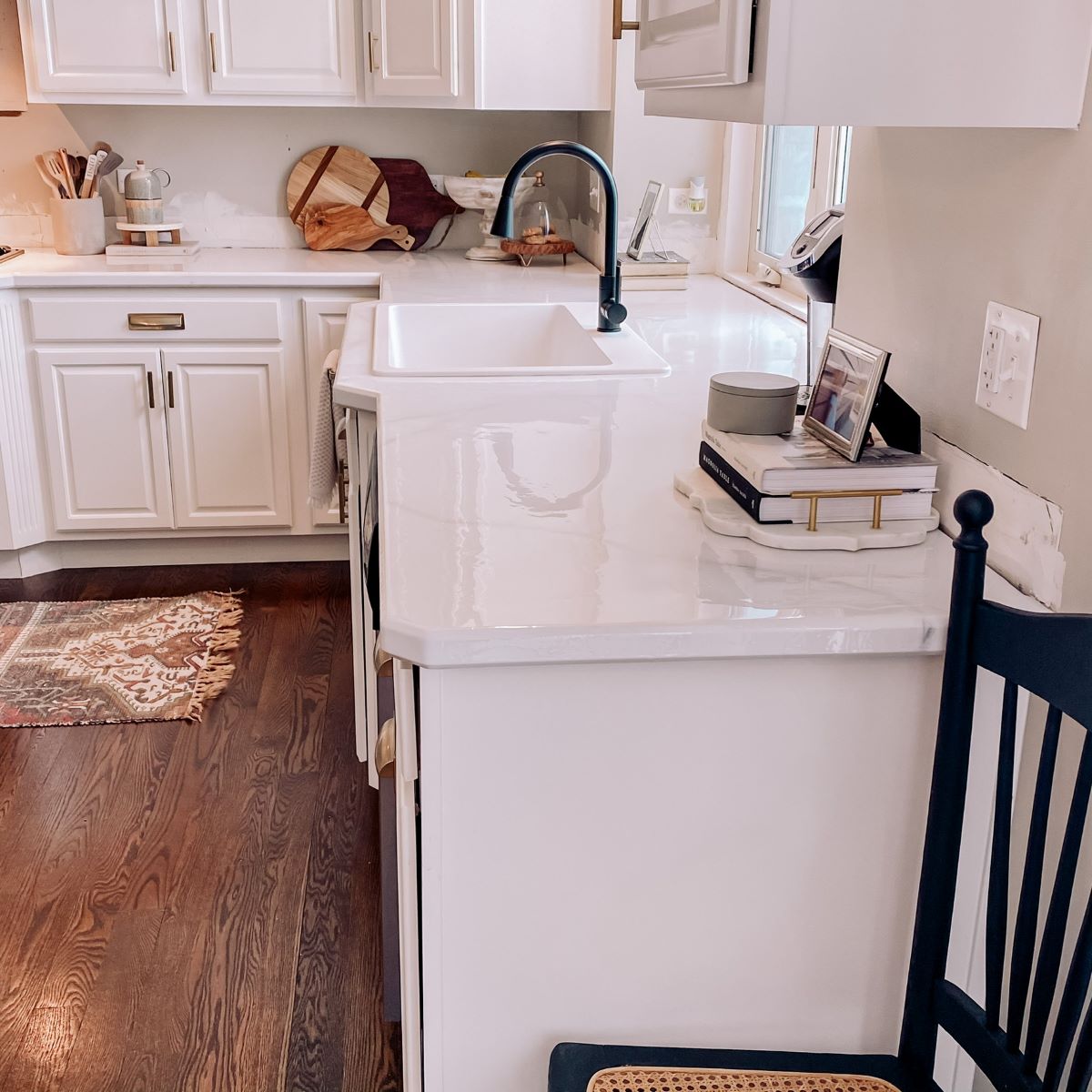

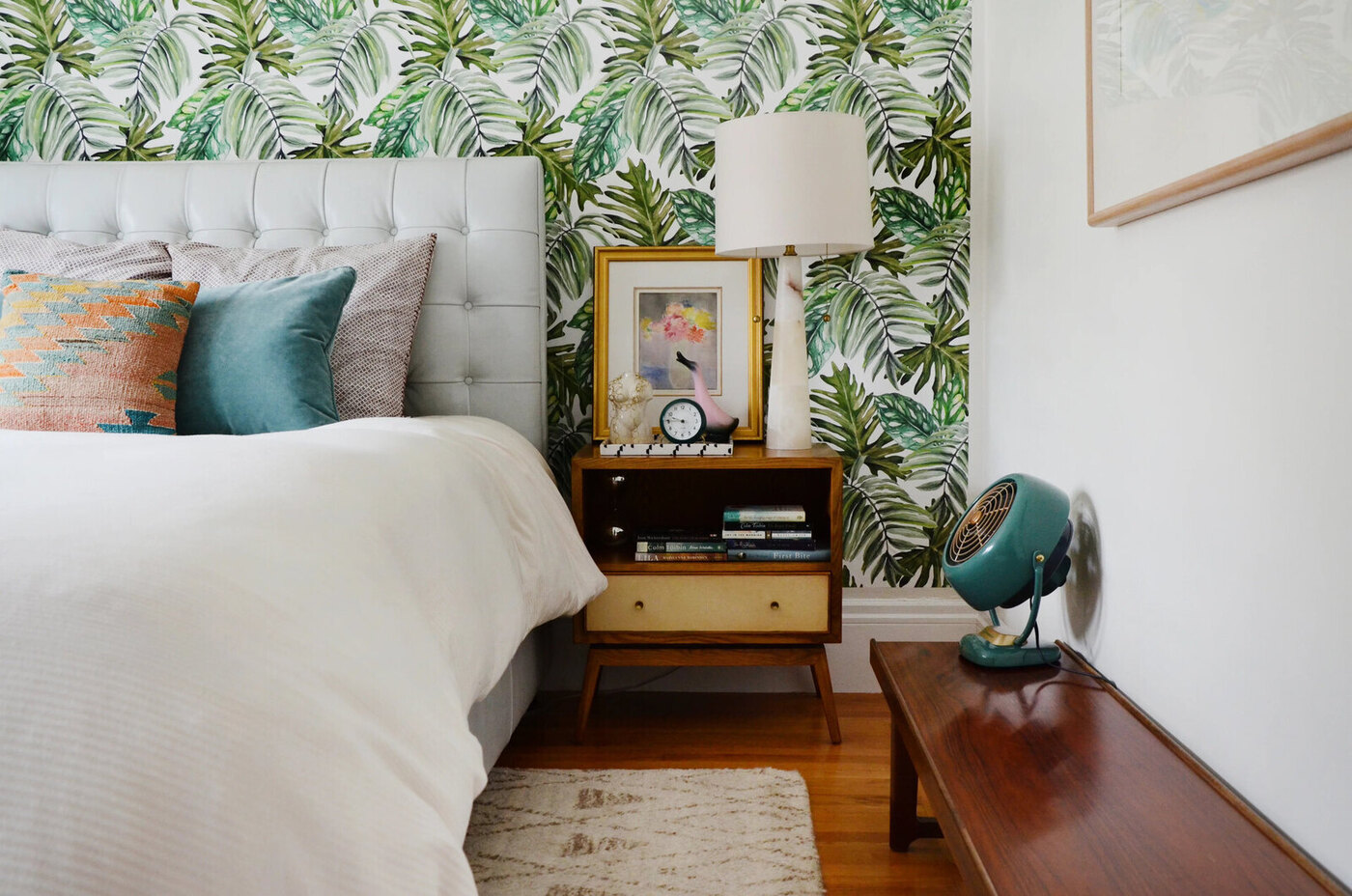
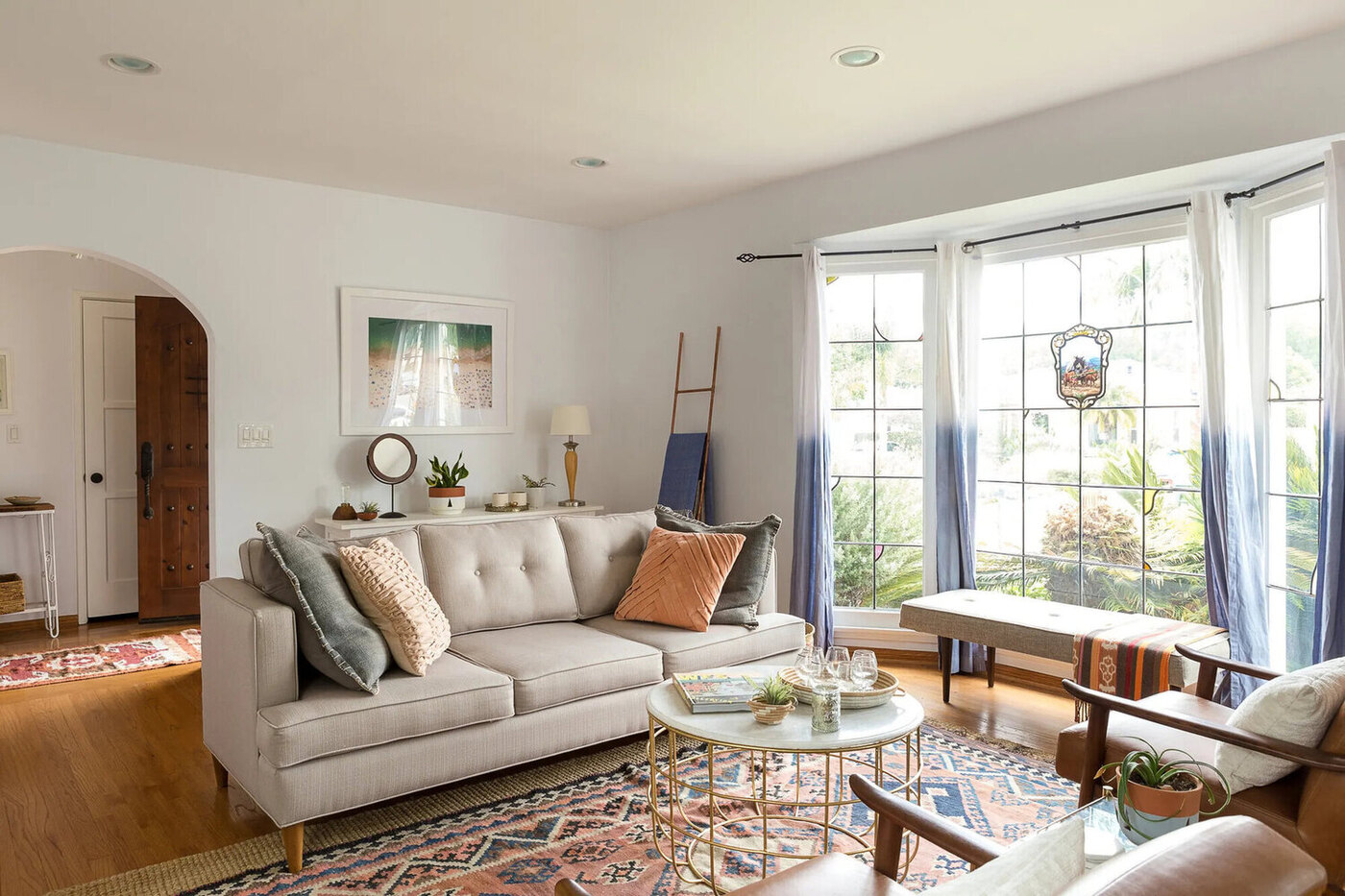
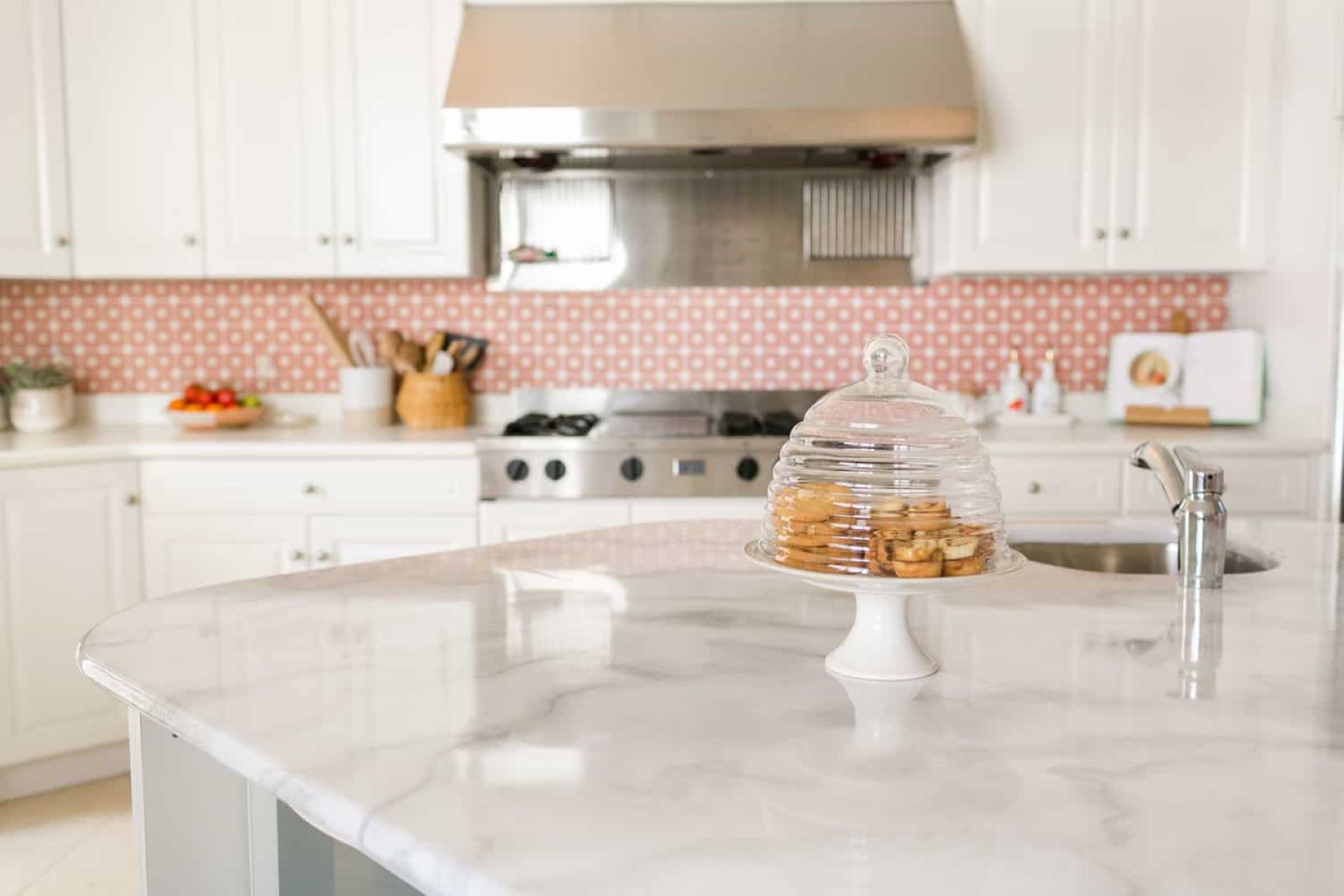

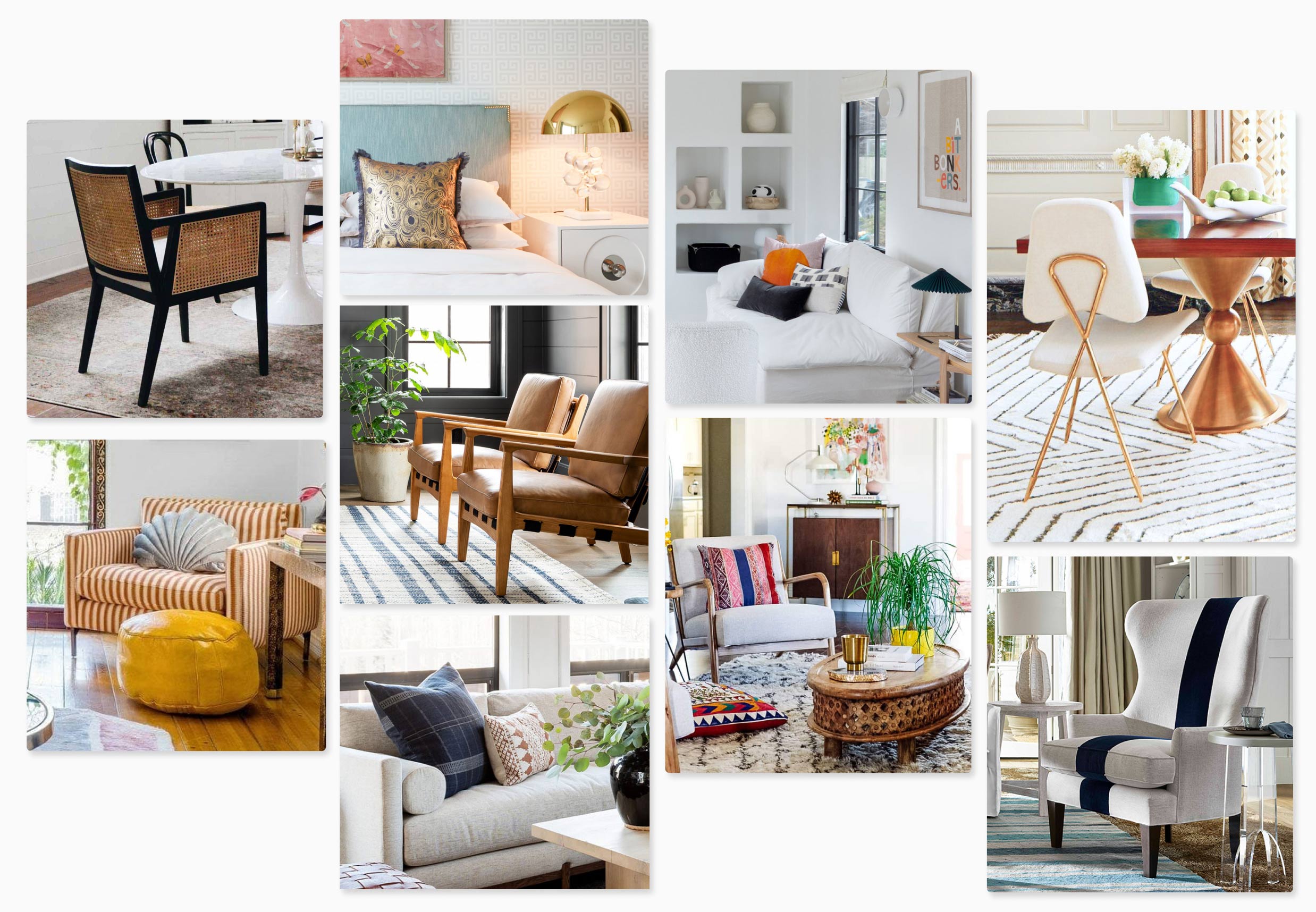
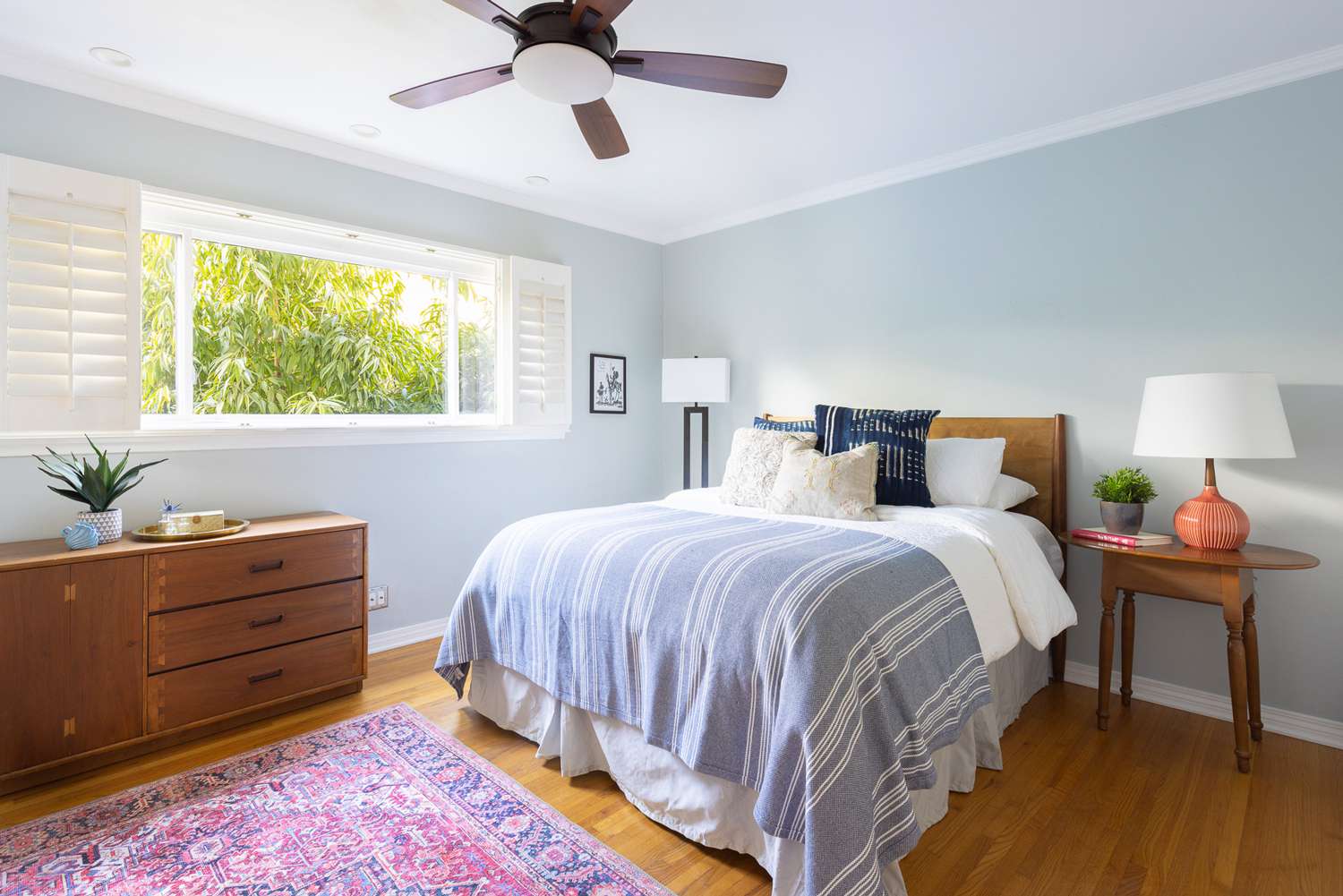

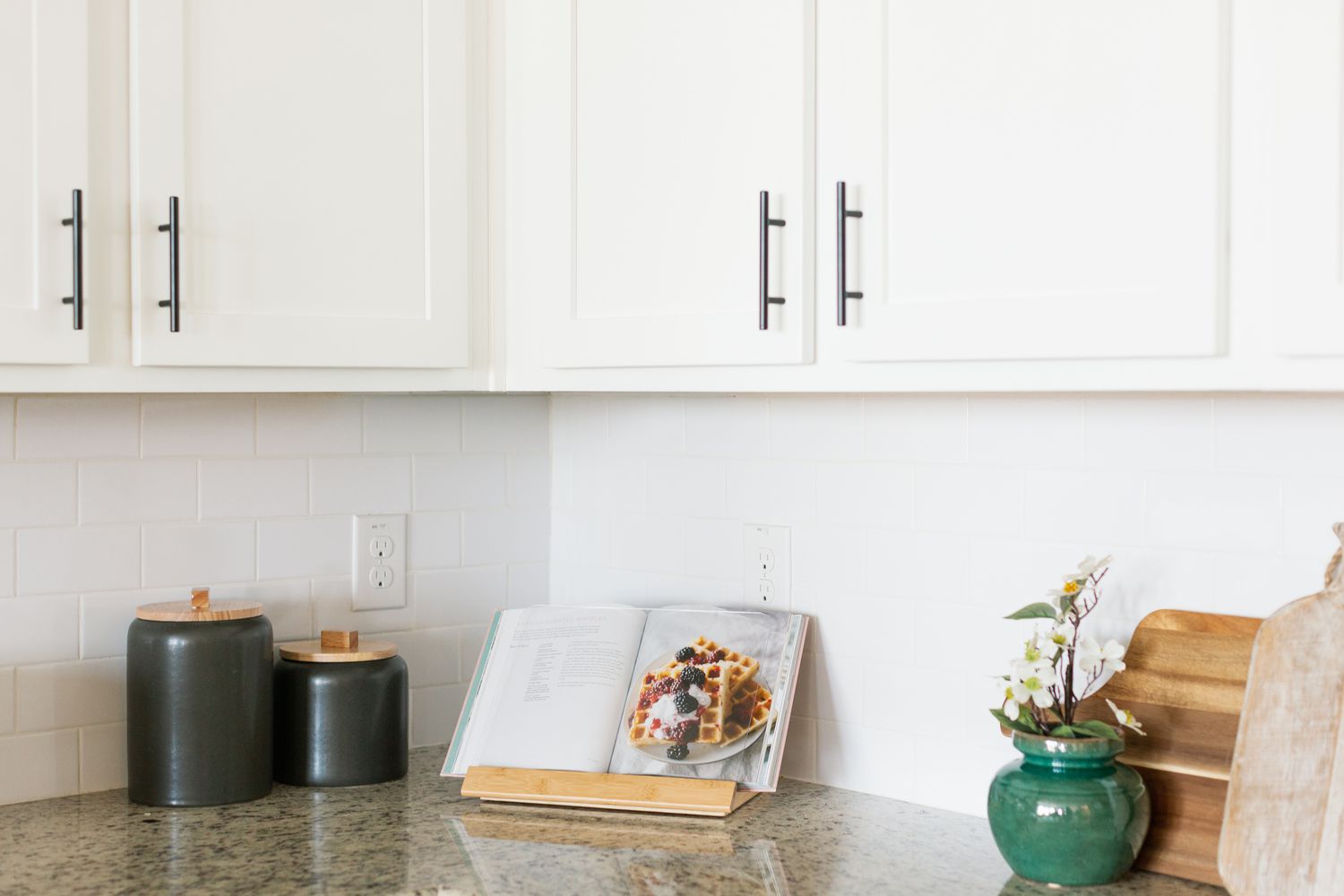
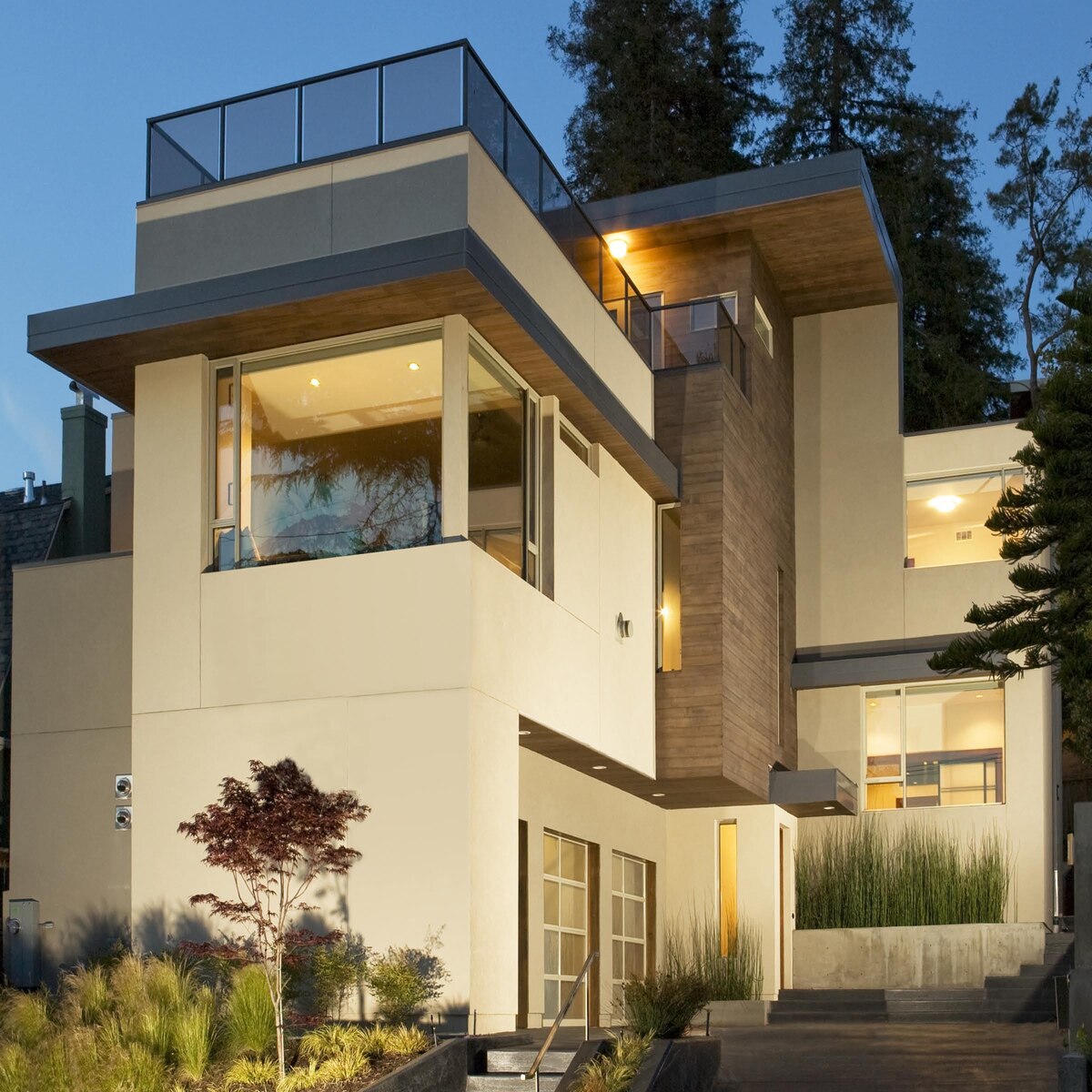

0 thoughts on “How To Make Your House Look Like It Has An Interior Design”